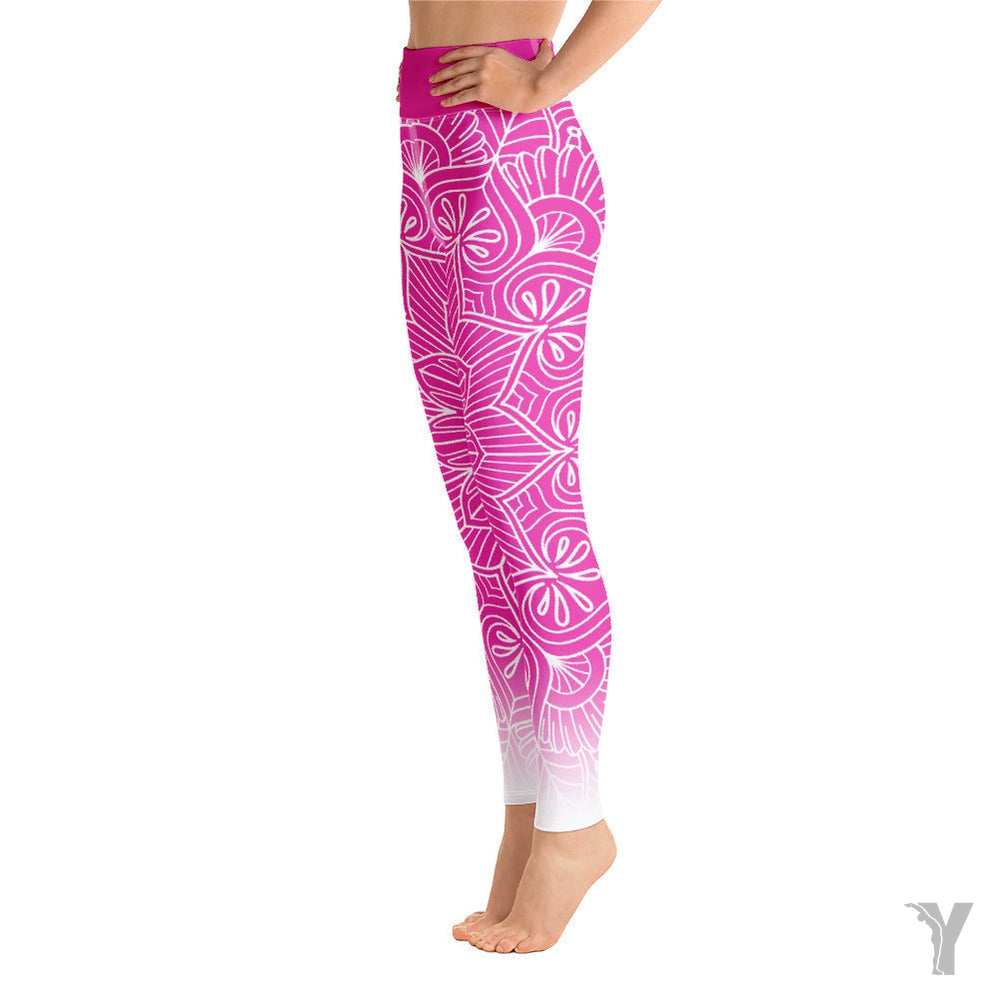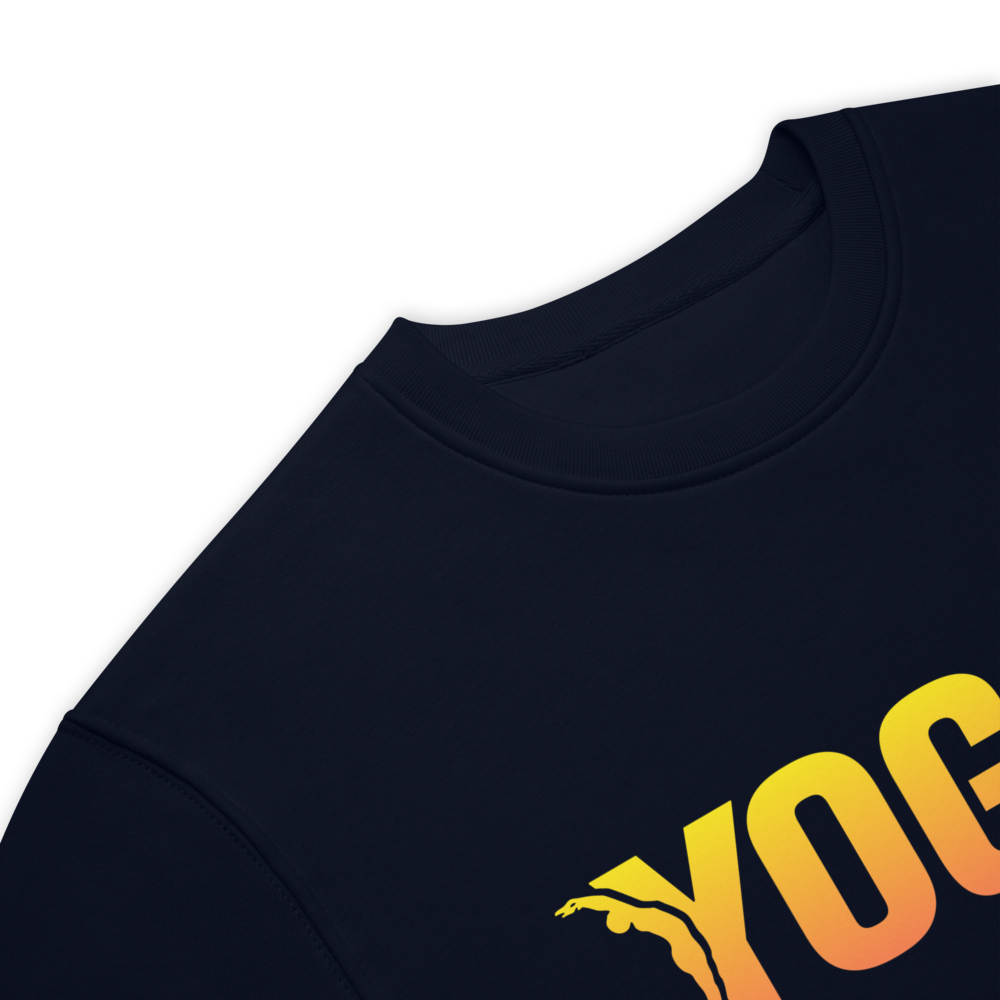What is somatic exercise?

Somatic workout is an approach to physical exercise that emphasizes the body's internal sensations , self-awareness, and conscious movement. Originating from body rehabilitation practices, it incorporates elements of yoga , dance , and gymnastics , aiming to improve the connection between mind and body.
The origin of somatic education dates back almost a century, mainly in Europe. It was founded by innovators such as Mathias Alexander , who, faced with the loss of his voice, discovered the importance of reducing muscular tension and changing his thinking to regain his vocal abilities.
Moshe Feldenkrais , for his part, relearned to walk by becoming aware of his movements and sensations. In the 1970s , Thérèse Bertherat popularized a method of bodily self-reeducation, marking the beginning of a diversification of somatic practices. These approaches, developed by individuals seeking solutions to their specific physical problems, eventually gained popularity and official recognition, influencing fields requiring great bodily finesse such as dance, theater, and singing.
The principles of somatic exercises
The fundamental principles of somatic workout include:
- body awareness,
- the fluid movement
- rehabilitation of the nervous system.
By focusing on breathing and mental presence, this practice encourages active listening to the body to detect and release tension .
The benefits of "somatic workout"
This method offers many benefits, such as improved flexibility, muscle strength, stress reduction, and better emotional management. It also contributes to healthier posture and can reduce chronic pain by teaching the body new ways to move.
In somatic workout, various exercises can be practiced, ranging from gentle and deliberate movements to dynamic sequences incorporating yoga postures. The aim is to increase somatic awareness, that is, the internal perception of the body, through these activities.
Somatic exercise and yoga: a beneficial synergy
Integrating somatic exercises into yoga creates a beneficial synergy by strengthening body awareness and improving the fluidity of movements. This combination enriches the practice of yoga by allowing a deeper exploration of asanas through sensation and listening to the body.
For example, postures like Tadasana (Mountain) or Vrikshasana (Tree) can be approached somatically, focusing on grounding the feet, weight distribution , and the feeling of vertical growth, thus promoting increased mental presence and deeper inner connection.
These somatic practices not only help to perform the postures with more attention and precision, but also encourage an inner dialogue that guides towards a state of overall well-being.
Of course, practicing conscious breathing helps to deepen relaxation, improve concentration and strengthen mental presence during exercise, thus maximizing the benefits of each movement and posture.
Conclusion
Somatic workout is a powerful practice for those looking to improve their physical and mental well-being through a more conscious and integrated approach to movement . By incorporating it into a yoga routine , one can discover new ways to inhabit their body and harness its healing potential.


















